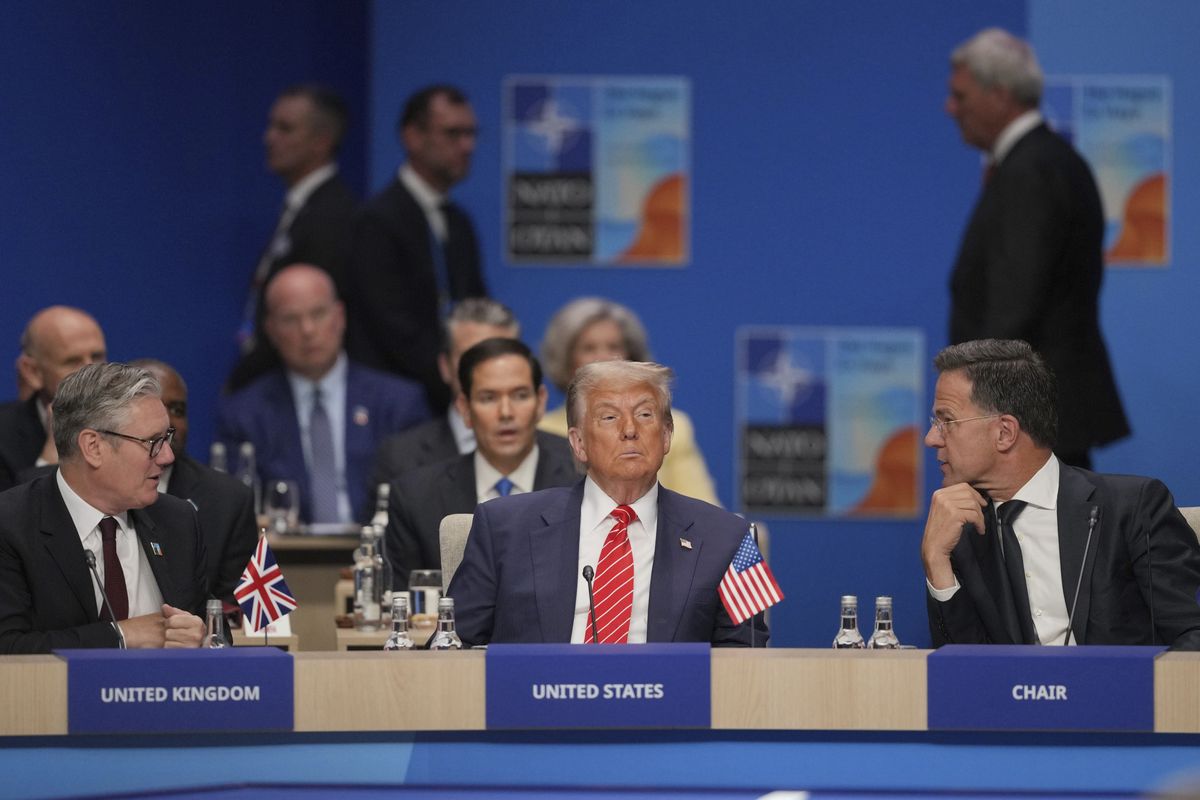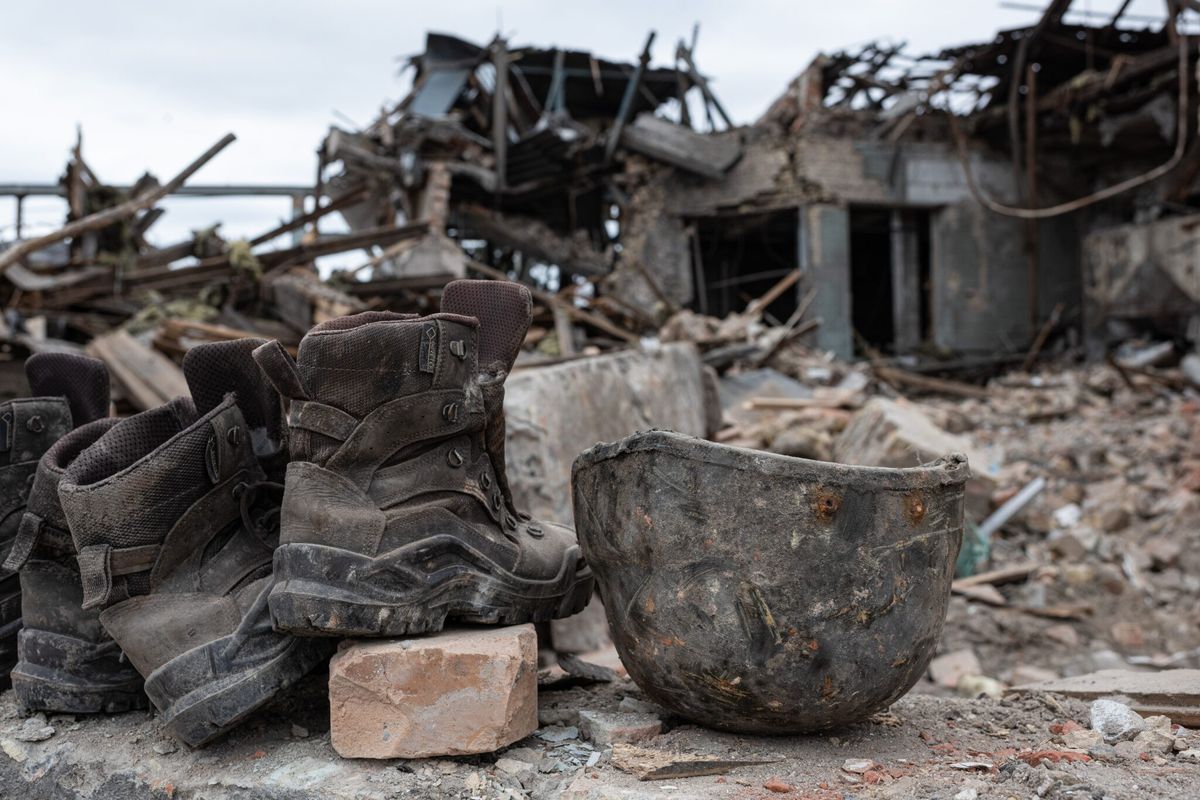Editor's Note: For this year’s Memorial Day feature, The Cipher Brief revisits its coverage examining the future of U.S. aircraft carriers. America’s largest warships have grown in size and cost, but also capability over the decades, and the new Ford-class promises to raise the bar on all three of those counts. However, many wonder if the U.S. will need this added capability in an uncertain fiscal future and argue that the Navy should pursue smaller carriers. As we remember what makes America great, we examine one of its greatest assets.
After weeks of uncertainty regarding its mission, the American aircraft carrier USS Carl Vinson finally arrived in waters off the Korean Peninsula and began joint military exercises with Japan [on April 23]. In response, a state-run North Korean news agency promised to attack the ship if provoked, saying, "The world would clearly see how the US' rash, arrogant aircraft carriers turn into a lump of scrap metal and gets buried at sea, and how the country vanishes from the Earth." As one of America’s most potent symbols of power and global reach, aircraft carriers can display resolve to its allies and instill dread in its enemies, but some wonder whether its days of superiority are numbered.
For decades, the U.S. Navy has relied on the large-deck nuclear-powered aircraft carrier to project U.S. power overseas, though high cost and vulnerability have prompted some experts to consider a shift to smaller, conventionally-powered carriers.
The Navy fleet structure today is designed around 11 supercarriers, although only 10 are in service due to budget constraints. The 10 carriers are of the Nimitz class, the first of which entered service in 1975. These will eventually be phased out for the new Ford class, the first of which, the USS Gerald R Ford, is undergoing sea trials. Weighing more than 100,000 tons, carrying up to 90 aircraft, and crewed by 5,000, these are the largest warships ever built. The flight decks of these nuclear-powered vessels offer “4.5 acres of sovereign American territory” anywhere in the world. The supercarrier’s size is what gives it its greatest asset: immense flexibility in the composition of its air wing. A wide variety and large number of aircraft increases the flexibility, and therefore the number, of missions a carrier can undertake.
Aircraft carriers allow combatant commanders a range of options when no others might be available. For 54 days in the summer of 2014, the carrier USS George H W Bush was the only means of striking ISIS in Syria and Iraq while the U.S. waited for permission from other nations to fly from foreign soil.
In addition to its versatile wartime capabilities, at times the mere presence of a carrier is enough to affect world events. In the Taiwan Strait crisis of 1995-1996, China sought to influence the Taiwanese presidential election by conducting provocative missile tests and military drills. In response, the U.S. sailed the USS Nimitz carrier group through the Taiwan Strait while a second carrier group around the USS Independence remained nearby in the Philippine Sea. Beijing, with no credible countermeasures, backed down.
However, this preponderance of power has waned over the years as adversaries have developed new weapons designed to target aircraft carriers. For example, in the wake of the Taiwan Strait crisis, China, in order to avoid being outplayed again, invested heavily in advanced anti-ship missiles such as the hypersonic DF-21D, referred to by some experts as the “carrier killer.”
Despite deployment of such missile technologies, supercarriers have several irreplaceable capabilities that proponents say are worth the risk. A nuclear-powered carrier is peerless in range and endurance. In its 50-year service life, it will need refueling only once. Not only does a supercarrier’s size facilitate the flexibility of its air wing, it allows more sorties to be flown. In support of large carriers, Admiral James Winnefeld, former commander of the carrier USS Enterprise, told The Cipher Brief, “More aircraft, flying farther, cycling more often, carrying more weapons provides a disruptive tactical and operational advantage.”
Critics of supercarriers warn that the development of advanced anti-ship missiles combined with the high cost of a supercarrier—the new USS Gerald Ford costs $13 billion—say they are too vulnerable and too valuable. In a debate at the U.S. Naval Institute over the future of the aircraft carrier, Center for a New American Security Senior Fellow Jerry Hendrix said, “We as a nation have become too cautious to risk something so large, so expensive, and so populated as an aircraft carrier. We have created something that we cannot afford to lose, and this is something that a military should never do.”
Some naval planners believe smaller carriers could provide much of the same capability at less cost. They envision a vessel of about 40,000 to 60,000 tons that is conventionally powered and would cost around $6 billion. Like a supercarrier, this craft would have catapults and arresting gear to allow it to launch heavier aircraft essential for command, control, communications, computers, intelligence reconnaissance, and surveillance capabilities, such as the E-2D early warning aircraft. With a smaller, but still varied air wing, a light carrier could match the breadth, if not the depth, of supercarrier capabilities.
Peter Haynes, a Senior Fellow at the Center for Strategic and Budgetary Assessments, believes the light carrier should augment, rather than replace, the supercarrier. Adding light carriers would increase the major threats to an adversary – “not only does he have to worry about where the big carriers are, he has to worry about where the [light carriers] are because they have a long-range capability, and they can be a very flexible and adaptable platform.”
The drawbacks of a smaller design relate to its use of conventional fuel. Paradoxically, smaller carriers are easier to find. A light carrier would require more tanker ships and this logistical tether hinders its range, and more importantly, its ability to appear and disappear as does a nuclear-powered carrier.
To predict the aircraft carrier’s future success, we can examine what made it successful in the past. Haynes notes, “A Nimitz-class aircraft carrier lasts 12 presidential administrations. Essentially that is 12 different foreign policies, defense policies, and so forth. You have to stay flexible and adaptable.” Large or small, the aircraft carrier’s place in the Navy’s future fleet structure will likely depend on its ability to deliver its greatest asset, the flexibility of its air wing. If the air wing continues to deliver irreplaceable capabilities such as long-range strike, surveillance and reconnaissance, and electronic warfare that disrupt an adversary’s operations, the carrier’s longevity will likely continue.
—
View our expert commentary on this topic:
Best Of: Aircraft Carriers: Bigger is Better, by Admiral James 'Sandy' Winnefeld, Former Vice Chairman, Joint Chiefs of Staff
Best Of: The Time is Right for Light Carriers, by Peter Haynes, Senior Fellow, Center for Strategic and Budgetary Assessments
Will Edwards is an international producer at The Cipher Brief. Follow him on Twitter @_wedwards.











